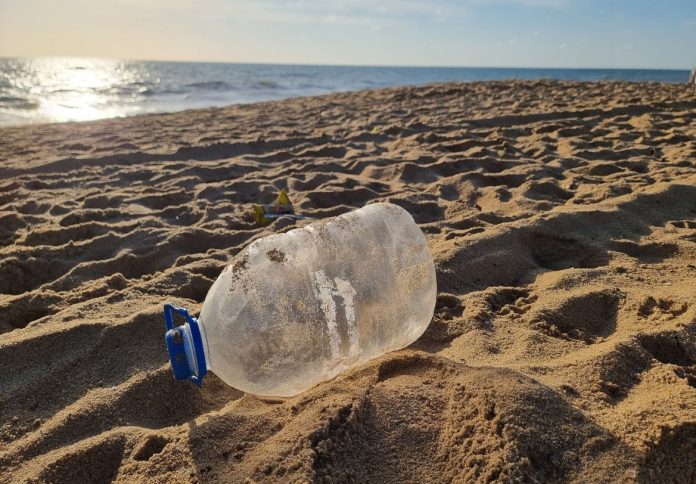
Plastic pollution along Australia’s coastlines has declined by 39 per cent over the past decade, according to research by CSIRO, Australia’s national science agency.
The study, which examined inland, riverine, and coastal habitats across six metropolitan regions, found significant reductions in plastic waste along coastal areas in Newcastle, Perth, and the Sunshine Coast. However, increases were noted in Hobart and Port Augusta.
Dr Denise Hardesty, Senior Research Scientist at CSIRO and co-author of the study, said the findings reflect a shift in awareness and action against plastic waste.
“Three-quarters of the rubbish we find on our beaches is plastic, and flexible plastics, such as food packaging, are the most harmful to wildlife,” Dr Hardesty said.
“Along with a 39 per cent reduction in plastic waste in coastal areas, we also saw a 16 per cent increase in areas we surveyed with no plastic debris at all.
“Although there are still areas for concern, it’s exciting to see a significant decrease in plastic pollution as people around the country are becoming more aware of the harmful effects of plastic waste on people, communities and wildlife.”
The study recorded 8,383 debris items across 1,907 surveys within a 100-kilometre radius of each surveyed city. Polystyrene (24 per cent) and cigarette butts (20 per cent) were the most common items found, followed by food wrappers, bottle lids and caps, and plastic fragments.
The study also highlighted variations in debris prevalence across different regions, with beverage cans being the most common item in Alice Springs, beverage bottles in Hobart, cigarette butts in Newcastle, Perth, and the Sunshine Coast, and food wrappers or labels in Port Augusta.
Dr Steph Brodie, CSIRO Research Scientist and co-author, said the surveys help identify debris hotspots and the factors influencing waste accumulation.
“We found that areas with intensive land use and socio-economically disadvantaged areas tended to have higher levels of debris,” Dr Brodie said.
“Understanding the types and amount of plastic pollution in our environment provides critical data to develop strategies to stop it ending up there in the first place.
“These results will help to inform waste management and can be used to evaluate and measure the effectiveness of plastic waste policies, practices, and education campaigns to reduce debris in metropolitan regions.”
The findings, published in Marine Pollution Bulletin, compare recent data with surveys conducted a decade ago and build on previous research showing a 29 per cent reduction in plastic waste across Australia.
The study forms part of CSIRO’s broader research to end plastic waste, which aims for an 80 per cent reduction in plastic waste entering the environment by 2030.
The research was funded by the Department of Climate Change, Environment, Energy and Water, with previous data collection from 2011-2014 supported by Shell Australia.




















